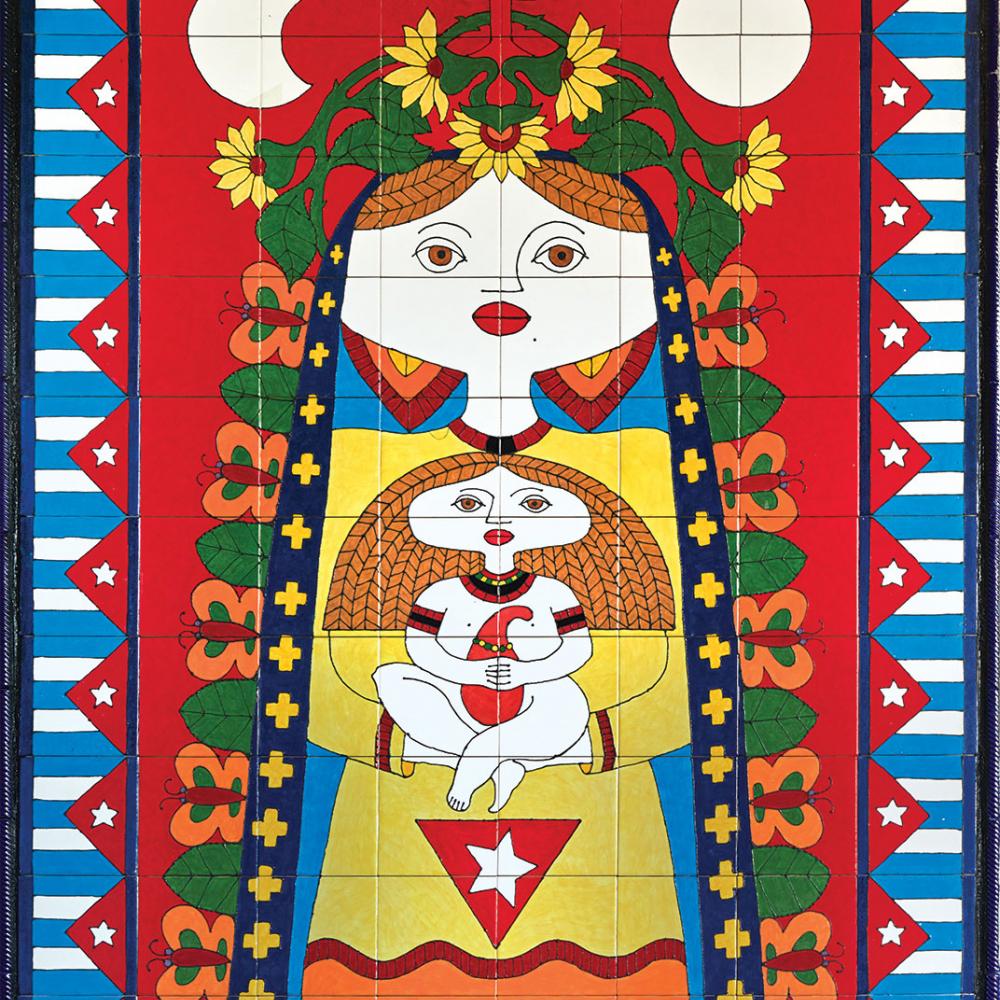On December 16, 2020, the National Endowment for the Humanities announced $32.8 million in grants to support 213 humanities projects across 44 states, the District of Columbia, and Puerto Rico.
“As we conclude an extremely difficult year for our nation and its cultural institutions,” remarked NEH Chairman Jon Parrish Peede, “it is heartening to see so many excellent projects being undertaken by humanities scholars, researchers, curators, and educators. These new NEH grants will foster intellectual inquiry, promote broad engagement with history, literature, and other humanities fields, and expand access to cultural collections and resources for all Americans.”
Press coverage included the New York Times, which highlighted Carnegie Hall, where an NEH grant will help produce both a website and an interactive timeline of the African-American music played there. The Pittsburgh Post-Gazette wrote about a $450,000 matching grant to the Phipps Conservatory and Botanical Gardens, quoting Phipps’s president and CEO Richard Piacentini that the grant to restore the 1893 conservatory back to its original design “will help preserve the conservatory for at least the next 100 years.” Art Newspaper commended NEH and other organizations who “are stepping up to assist [cultural and academic institutions] in both stopgap and transformative ways,” in a year when many are fighting to remain afloat.
The study and preservation of the past figured prominently in this round of grants. NEH Fellowships and Awards for Faculty supported projects across a wide array of historical eras and disciplines, including research and writing on connections between the Black Death and the origins of the Italian Renaissance, the influence of John Milton’s blindness on the poetic language of Paradise Lost, the creation of American Catholicism, and the cultural history of the telephone in America. Additional funding was awarded through NEH Chairman’s Grants to help repair or replace damaged statues of abolitionist Frederick Douglass in Buffalo, New York, as well as two works on the state capitol grounds in Madison, Wisconsin, one depicting Union Colonel Hans Christian Heg and the other depicting Wisconsin progress.
Other grants look to the future, supporting new technology and training. Among them are grants for automatic text recognition of handwritten Persian and Arabic manuscripts, and the development of computational methods for modeling changes in Los Angeles’s postwar urban landscape using photographs by artist Ed Ruscha, along with newspapers, census records, and other historical data. Additionally, the University of Hawai’i, Honolulu, will partner with the American Council of the Blind and Helen Keller National Center to develop best practices for creating audio descriptions of humanities collections for blind, visually impaired, and deaf-blind users.
Several NEH grants use new technology as a lens for the past, including the production of a smartphone app and online portal that use augmented reality to provide historical and cultural context for visitors to the new National World War I Memorial currently under construction in Washington, D.C. Another supports the development of a virtual reality game that teaches students about the history and construction of the Hoover Dam. Recent Chairman’s Grants funded the development of a virtual tour exploring Native Pocumtuck heritage at Historic Deerfield, Massachusetts, and also an effort to digitize the history of Cuban Americans at the Cuban Studies Institute in Florida.
Twenty-one NEH Humanities Initiatives grants will advance educational resources, such as the creation of a digital archive, at Capitol Community College, on local African-American history in Hartford, Connecticut, for use in community college and high school classes; the formation of a new minor in applied ethics for associate degree students in health, technology, and general studies at Trocaire College in Buffalo, New York; and the development of a curriculum and digital educational resources on Omaha tribal culture at Nebraska Indian Community College.
This year marks the first awards made through NEH/AHRC New Directions for Digital Scholarship in Cultural Institutions, a joint initiative between NEH and the U.K. Arts and Humanities Research Council to advance digital scholarship at museums, libraries, galleries, and archives. These awards will fund international teams of U.S. and British researchers working on projects such as the digital identification and analysis of watermarks on manuscripts by Isaac Newton, and the refinement of spectral imaging methods for determining the geographic origins of cultural heritage materials in order to illuminate historic patterns of global trade and cultural exchange.
Fellowships for Digital Publication, a partnership with the Andrew W. Mellon Foundation, is funding grants including a virtual reality experience documenting the construction and architectural changes to the Basilica of Saint Paul Outside the Walls in Rome over seven historical periods; the publication of the first scholarly edition of the correspondence and writings of American poet Amy Lowell; and the preparation of a digital monograph of nineteenth-century Black newspapers in Ohio and their role in civic life.
NEH continues to support the nation’s cultural institutions through its Infrastructure and Capacity Building Grants, which leverage federal funds to encourage private investment in cultural institutions. This year’s projects include the construction of public program space at the Korean Cultural Center of Chicago; the creation of a Yoknapatawpha Humanities Center in Oxford, Mississippi; ADA-compliant accessibility and site improvement at the Harriet Beecher Stowe Center in Hartford, Connecticut; and digital infrastructure upgrades to the “Freedom on the Move” database of fugitive-slave advertisements from eighteenth- and nineteenth-century U.S. newspapers at Cornell University.



